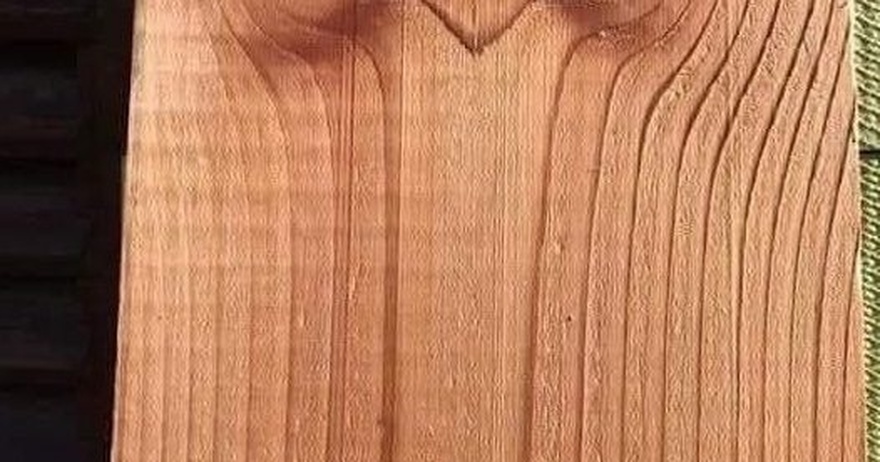Summary:
This article will explore pareidolia, a psychological phenomenon where people see recognizable patterns, particularly faces, in inanimate objects. By examining examples like the face-like pattern in the wooden plank image, the article will delve into the reasons behind this cognitive feature, its evolutionary advantages, and its implications in various fields such as art, design, and human-computer interaction.
Proposed Structure:
IntroductionDefinition of pareidolia.
Brief mention of the face-like wooden plank as an example.
Understanding PareidoliaPsychological explanation: Why our brains recognize faces in objects.
Evolutionary perspective: The advantages of this trait for survival.
Examples of PareidoliaCommon occurrences in nature: clouds, rocks, wood grains.
Cultural impact: Religious symbols, haunted tales, etc.
Implications of PareidoliaIn art and sculpture: Artists who use natural patterns.
In design: How product designers utilize this tendency to enhance user experience.
In technology: Facial recognition and AI developments.
ConclusionSummary of the importance of understanding pareidolia.
Final thoughts on how recognizing this pattern can influence our perception of the world around us.
Style and Tone:
Style: Informative and engaging, suitable for a general audience.
Tone: Warm and educational, with simple explanations for complex psychological concepts.
If this outline and style meet your needs, I can proceed with writing the article. Let me know if you have any modifications or additional points you’d like included!
Mom and 4 children killed in fiery crash while traveling to see husband
‘SNL’ Alum Cecily Strong Gives Birth, Welcomes 1st Baby With Fiance Jack at Age 41
Teen with Autism, Cerebral Palsy Critically Wounded After Being Shot by Idaho Police While Allegedly Wielding Knife
Mother’s Ultrasound Shows Baby ‘Blowing Bubbles’ Then Doctors Discovered What It Really Was
